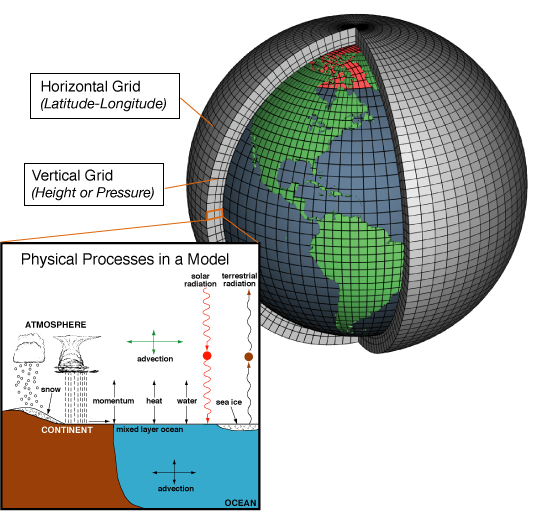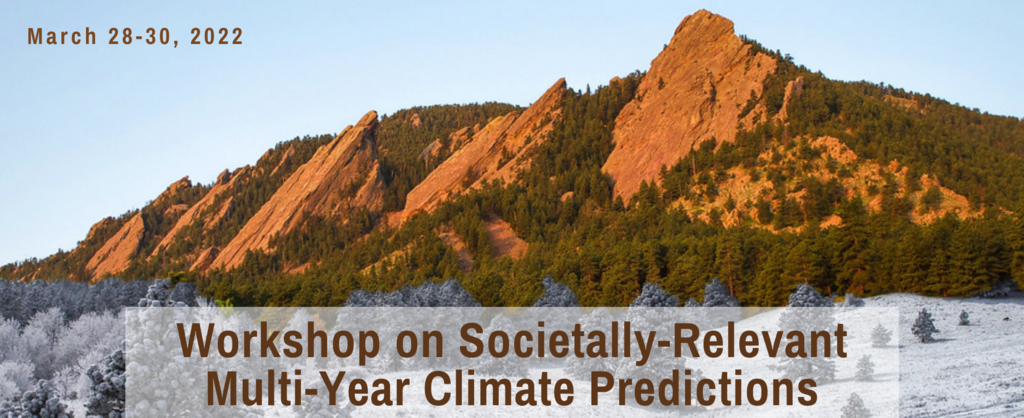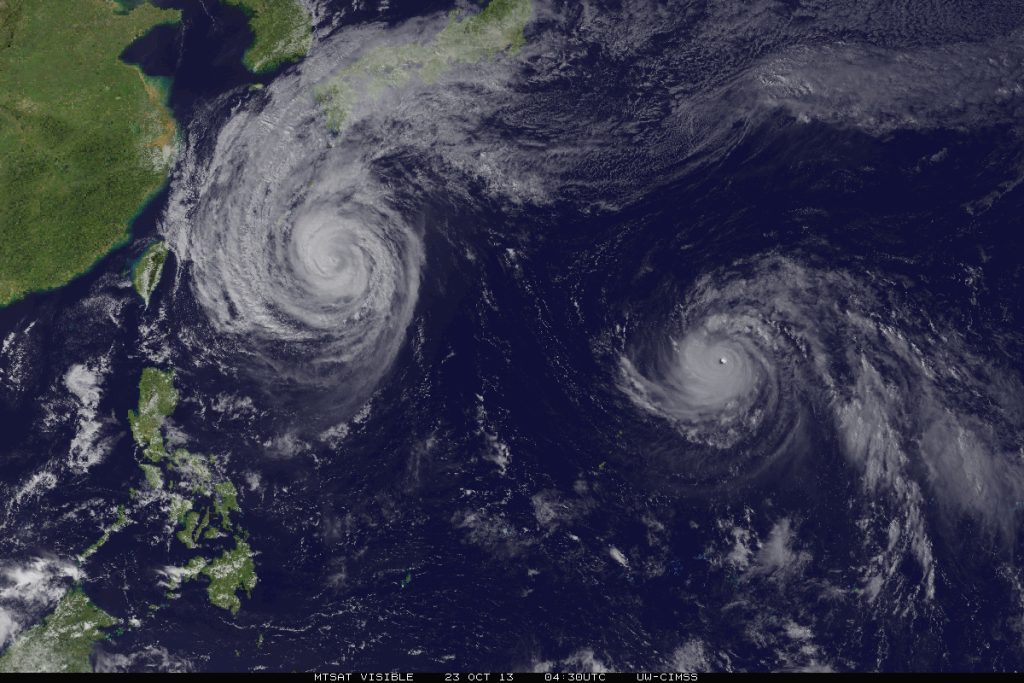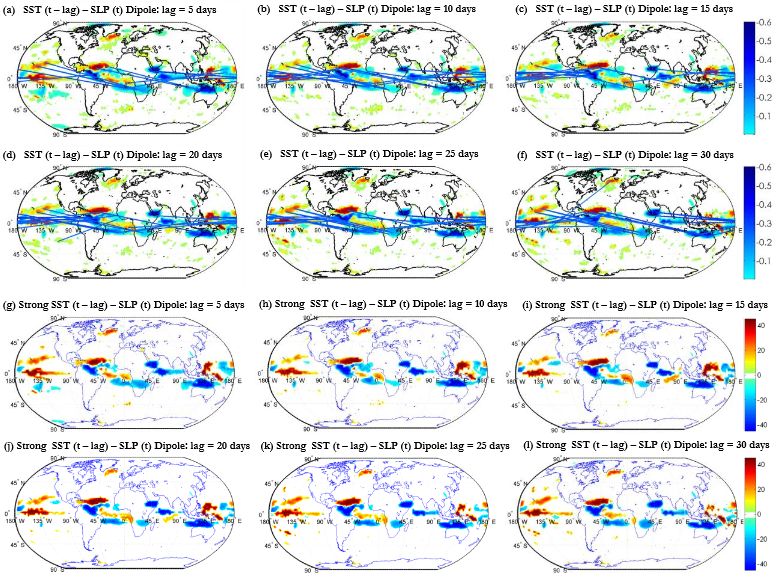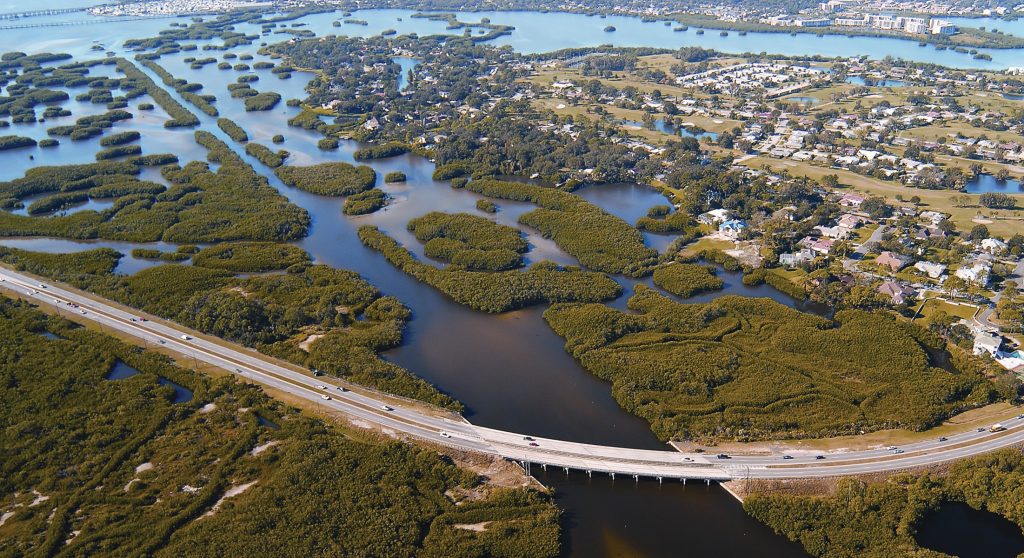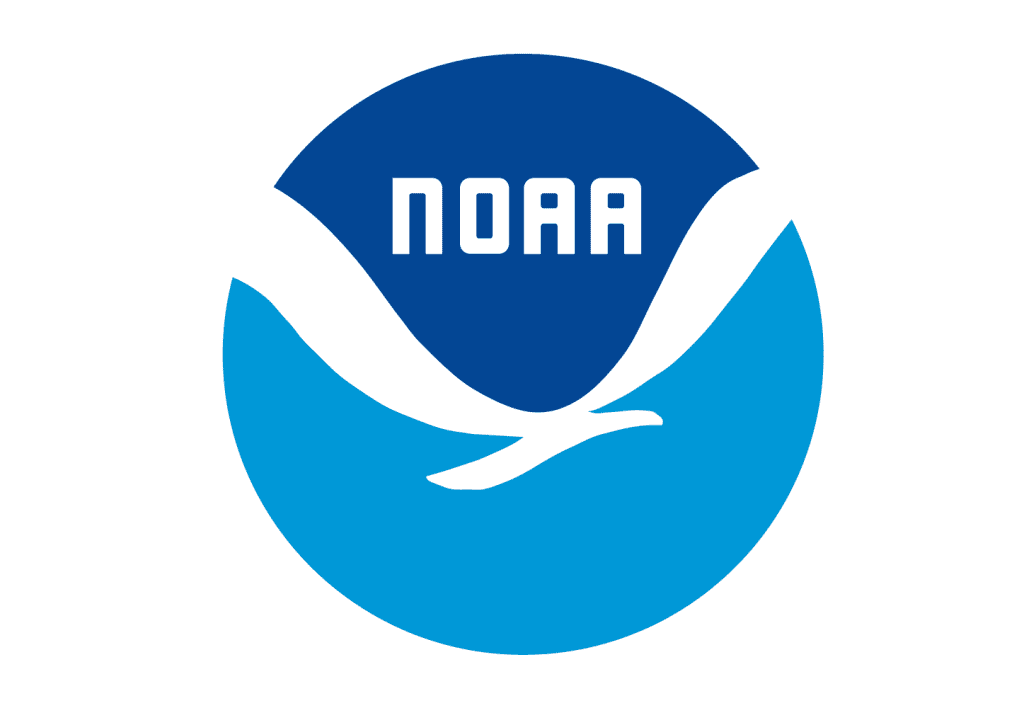Envisioning the next generation of US climate predictions and projections to meet the new challenges of our time
Facing the uncharted territory of a changed climate and increasingly complex socio‐economic systems requires the best possible predictions.


